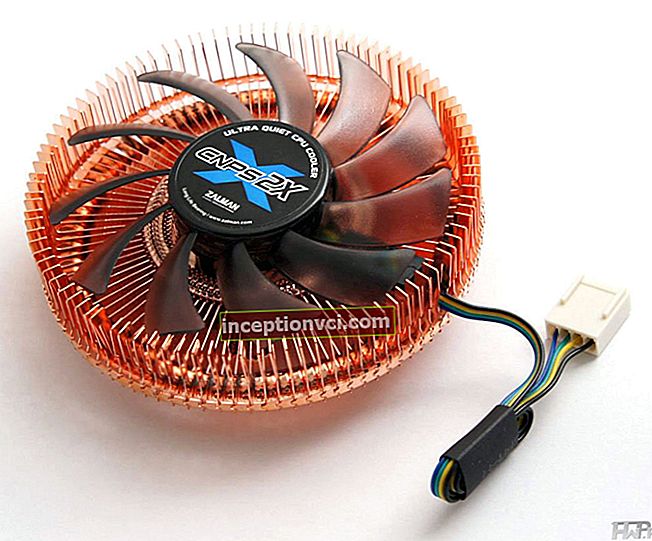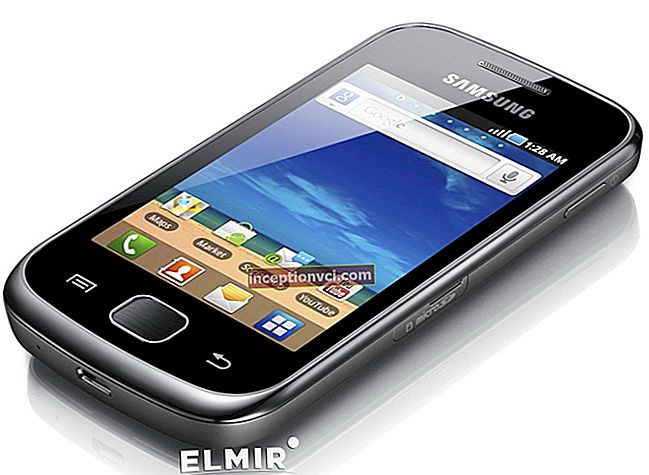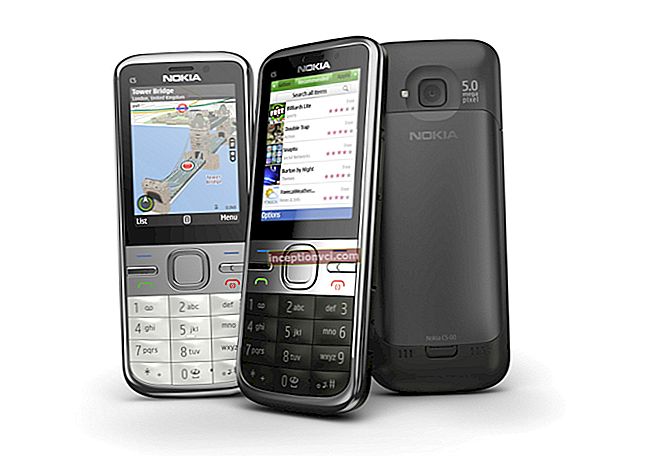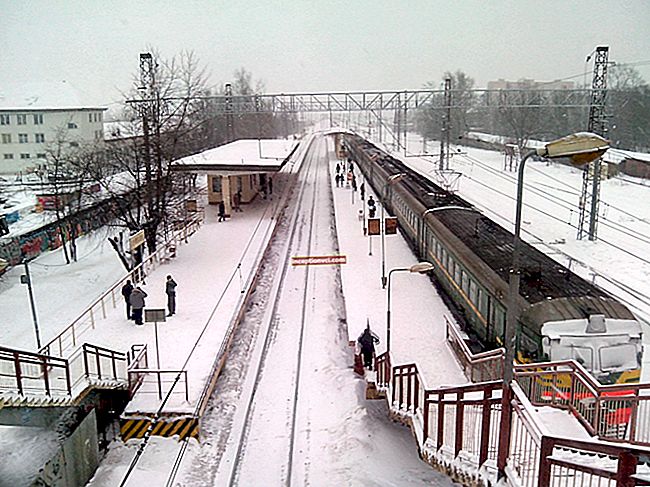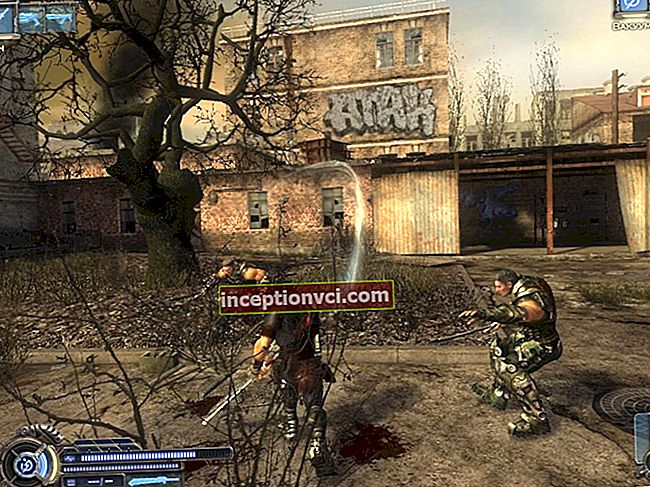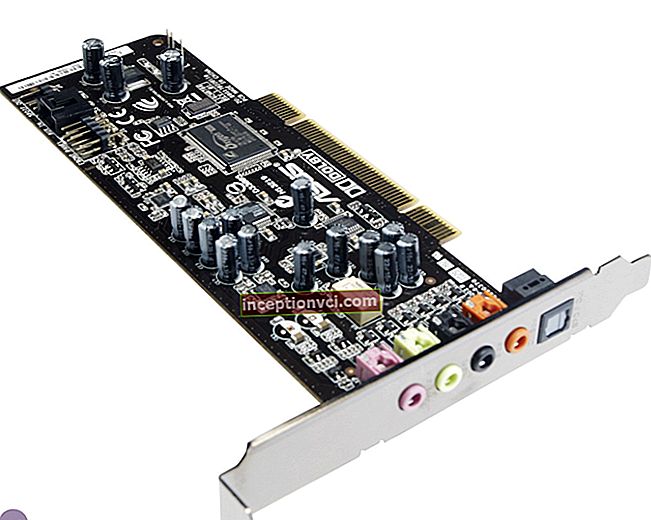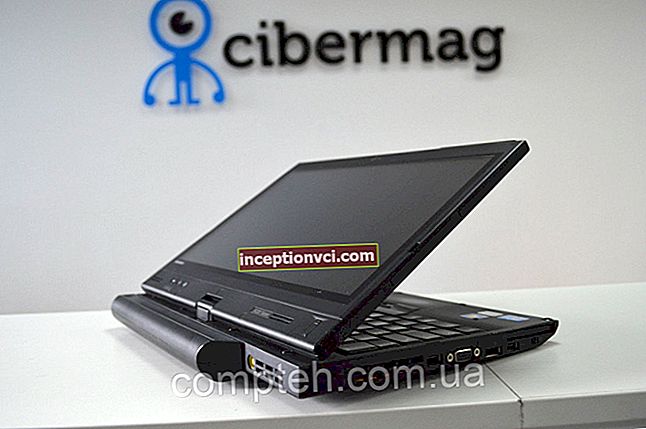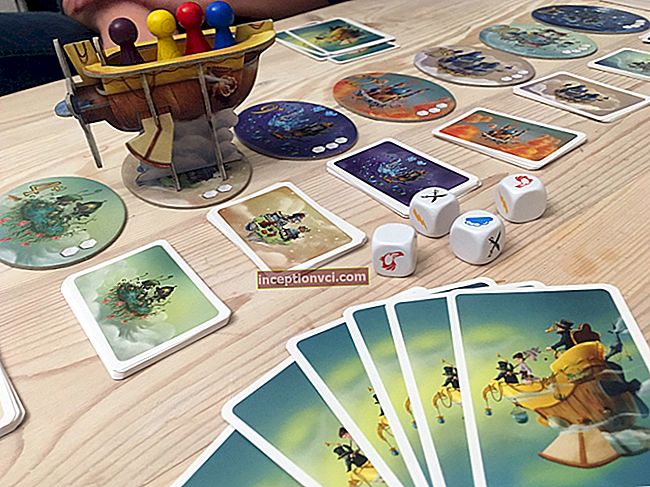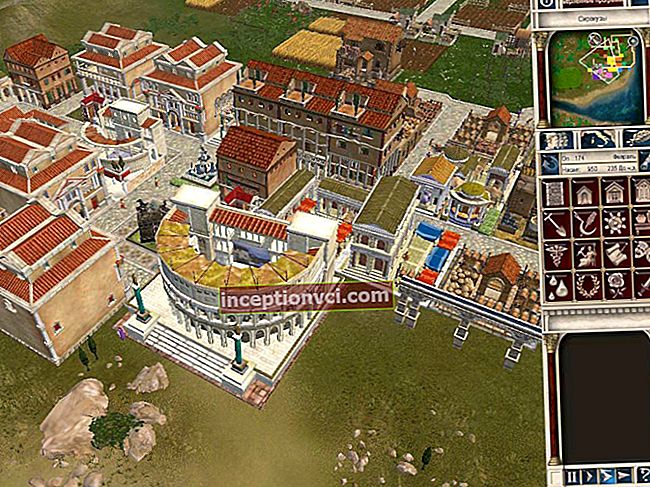We fully support your absolutely correct decision and have prepared an article in which we will tell you how to choose a water heater, how to install a boiler with your own hands and how to use it correctly.

Water heater: instantaneous, storage or gas?
Water heaters are divided into three main classes:
- instantaneous water heater - heats water immediately before using it;
- storage water heater (boiler) - heats up a certain volume of water in advance, depending on the volume of the tank;
- gas water heater (simpler - "gas water heater") - according to the scheme of work, it is similar to the flowing one, but the water is heated not with the help of electricity, but with gas.
Which water heater to choose?
Consider the pros and cons of each type of water heater.
Instantaneous water heater
pros:
- compact, does not require large installation space. There are models on the market that are immediately equipped with their own shower head and tap;
- no need to wait for heating - hot water comes in 30-40 seconds after switching on;
- there is no limitation on the amount of hot water - how much the water heater will be turned on, so much hot water will come from the tap;
- relatively low cost of the device.
Minuses:
- high power - consumes a lot of electricity;
- compact and low-power models are suitable only for the bathroom and shower; for distributing water throughout the apartment (bathroom + kitchen), you need to buy a larger and more energy-intensive model;
- requires appropriate wiring of the required section, meter and machine;
- quite expensive to operate due to high energy consumption.
An instantaneous water heater is optimal for installation in apartments with electric stoves - firstly, the wiring and the meter have already been completed in accordance with the requirements, and secondly, the electricity tariffs in such houses are lower.
When choosing an instantaneous water heater, please note that for a comfortable shower, the water temperature should be 40 ° C, at a water flow rate of 5 l / min.
Storage water heater
pros:
- does not require separate modifications to the electrical network, it can be connected to a regular outlet (although as for any;
- quite economical - it consumes a little more than a household vacuum cleaner per hour. There are models in which, in addition to the temperature, the heating power is also regulated - for example, 1.3 kW or 2 kW. The time for heating the water will depend on this;
- with appropriate wiring, it can supply hot water to both the bathroom and the kitchen.
Minuses:
- large dimensions - the larger the capacity of the water heater, the larger its size. However, manufacturers have taken care of the possibility of saving space and there are both round and flat water heaters on the market.
Read: "How to choose a boiler: which is better and more economical?"

The storage boiler can be installed in almost any city apartment or in the country.
Pay attention to models with heating - after a full cycle of heating the entire volume of water, the water heater goes into standby mode (does not heat the water), but as soon as the water temperature in the tank drops by 5 degrees, the heating turns on automatically and again “warms up” the water to the set temperature ... Thus, effective energy savings and constant availability of hot water in the tank are obtained.
Gas water heater (gas water heater)
pros:
- no need to wait for heating - hot water comes in almost immediately after switching on;
- there is no limitation on the amount of hot water - how much will be included, so much hot water will come from the tap;
- cheaper to operate than an instantaneous water heater.
Minuses:
- without special permits, it can be installed only in houses where there is already a ready-made wiring - a gas water heater was already installed earlier. Otherwise, you will need a permit from the gas service, project approval, a specialized installer.
Installing a gas water heater in an unprepared apartment is a very complicated process. It ends with a refusal by the regulatory authorities. If you have no desire to go through the whole process without hope of success, limit yourself to installing an electric heater of any type.
Please note that the definition of performance in a storage water heater and an instantaneous water heater is different. In storage, the power of the device means the rate of water heating over a certain period of time, and in the flow-through, its performance, or, more simply, the volume of hot water supplied from the water heater per minute.
For example, a storage water heater with a volume of 50 liters and a capacity of 2 kW will completely heat the water up to 75 degrees in 50 minutes. This means that no matter how fully you open the tap, the water will always be of the same temperature, and its pressure will depend only on the power of the pressure in the cold water riser.
At the same time, a 3.5 kW instantaneous water heater is able to provide you with hot water with a capacity of no more than 2-2.5 liters per minute; with a power of 4.5 kW - 3 liters per minute; power of 6.5 kW - 4.5 liters per minute, etc.
Diy instantaneous water heater installation
Make sure you have a suitable meter. If your meter is less than 40A, it will need to be replaced.
The high power of the storage water heater requires a separate electrical cable from the meter to the installation site of the water heater itself.
To select the correct cable cross-section, the following calculations must be carried out:I = P / U, where:
I - current strength, A;
U - household power supply voltage, V;
P - heater power, W;
We get the current I = 8000W / 220V = 36A.
For copper wire, the ratio of the permissible current load (open wiring) per wire cross-section is 10 amperes per square millimeter.
We get the optimal cross-section of the wire: we divide 36A by 10A = 3.6 mm.kv.
We select from the table (column “current strength, A”) a suitable cross-section, rounded up:

* all calculations are for informational purposes only. When installing the water heater, be sure to consult a professional electrician!
When performing hidden power wiring (in a tube or in a wall), the given values are reduced by multiplying by a correction factor of 0.8. It is recommended to select the section with a small margin. It is recommended to choose only copper cable.
Please note that 8 kW is the maximum “ceiling” for a storage water heater in an ordinary city apartment without an electric stove, since such apartment meters are designed for no more than 32-40A, and as we see above, only one water heater already requires 36A - and this excluding other electrical appliances.Accordingly, the best option for an ordinary city apartment would be a flow-through water heater with a capacity of no more than 6 kW.
The presence of an appropriate circuit breaker and RCD (residual current device)
The process of installing an instantaneous water heater itself is simple and can be of two types: temporary and permanent:
Temporary connection used to obtain hot water for a shower at a time when there is no central water supply. After restoring the supply of hot water from the heating plant, the device can be easily turned off and even dismantled until the next time. For temporary use, it is worth buying an instantaneous water heater, complete with a watering can and, if necessary, a gander crane.

The heater is wall-mounted using screws and plastic dowels. A watering can is removed from a hose from an ordinary household shower, the hose itself is connected to the inlet of the heater, and a complete watering can is connected to the outlet of the water heater. Thus, cold water from the mixer is supplied to the storage water heater, heats up during its passage, and then is discharged from the watering can of the heater itself. And your warm shower is ready.
Permanent connection is designed to use a storage water heater as the main source of hot water and provides for a tie-in connection to the apartment's water supply system.
The scheme remains the same, but the supply of cold water and the output of hot water is made stationary, using a tee to drain water from the water supply system to the heater, a shut-off valve at the inlet of the device and plastic pipes. After that, hot water will flow as in the case of centralized water supply - through a mixer.
Regardless of the type of installation, plug in the appliance only after you have verified that there are no leaks at each connection point.
How to use a storage water heater correctly
The first and main rule of using a storage water heater is: you can turn on the heater only after the inner bulb with the heating coil is completely filled with water. If the coil installed inside is not completely covered with water, it will burn out very quickly and the heater will fail. The algorithm itself (regardless of the type of connection) looks like this:
- open the mixer tap;
- switch the cold water valve to the water supply through the heater;
- wait until cold water flows from the heater shower head;
- turn on the heater;
- after 30-40 seconds, hot water will begin to flow from the watering can.
The process of turning off the heater looks similar - first turn off the device, wait until cold water flows from the watering can, then turn off the water.
Diy storage water heater installation
Unlike the flow-through, the storage water heater concept does not provide for a temporary installation system. You can stretch a regular hose with a watering can at the end from the hot water outlet, but using such a scheme will be extremely inconvenient.
Consider connecting a storage water heater
Choosing a location and checking the wall. Unlike a fairly light instantaneous water heater, a storage water heater, in addition to its own weight, also has the weight of the water it contains. Therefore, the location of the boiler must be chosen taking into account not only the convenient connection of the water supply system (input / output pipes and the water drain system), but also on the most durable wall. Water heaters up to 200 liters are usually wall-mounted, above - only floor-standing. It is recommended to install a boiler with a volume of more than 50 liters only on a load-bearing wall.
Tools and materials that we need during installation:
- roulette;
- pencil;
- hammer drill for concrete or hammer drill for brick;
- drill on tiles (if the walls are covered with ceramic tiles);
- drill for concrete or drill for brick;
- level;
- safety valve and water drainage pipe;
- FUM tape for sealing joints;
- L-shaped screws (easier - hooks) and dowels for them.
- step back from the ceiling about 15 cm and use a level to make marks for the holes. The indent is needed so that the boiler can be conveniently lifted and hung or removed from the L-shaped screws;
- using a tile drill, drill the ceramic tile to its thickness, and using a brick drill or concrete drill, deepen the hole until it matches the length of the hooks;
- hammer plastic dowels into the holes and tighten the screws, leaving a gap for the boiler mounting plate;
- install the boiler on the mountings;
- a safety valve must be installed at the cold water inlet, which is responsible for relieving excess pressure; And a special drain pipe must be placed in the sewer pipe;
- connect the cold water supply hose / pipe (through the safety valve) to the inlet (marked in blue), and the hot water outlet hose / pipe to the outlet (marked in red).
The safety valve must be installed without fail, because during the heating of water, the permissible pressure can be exceeded, which will damage or rupture the tank. And the safety valve, in case of excess, will simply release excess pressure and ensure the normal operation of the device. It will also allow you to drain the water from the tank, if it is necessary to service the storage water heater.
We will not talk about the installation of a gas water heater within the framework of this article, since given the increased danger of the device, it should be installed exclusively by professionals and only in agreement with the gas service.

We hope that our article helped you make the right choice of a water heater, understand the pros and cons of each type of device, and evaluate the complexity of their installation. We invite you to the catalog of the Fotos online store to choose the name of the device that best meets your requirements:
- gas water heaters;
- storage water heaters (boilers);
- flowing water heaters.
No time to mess around by yourself? Order the installation of a boiler from professionals.
